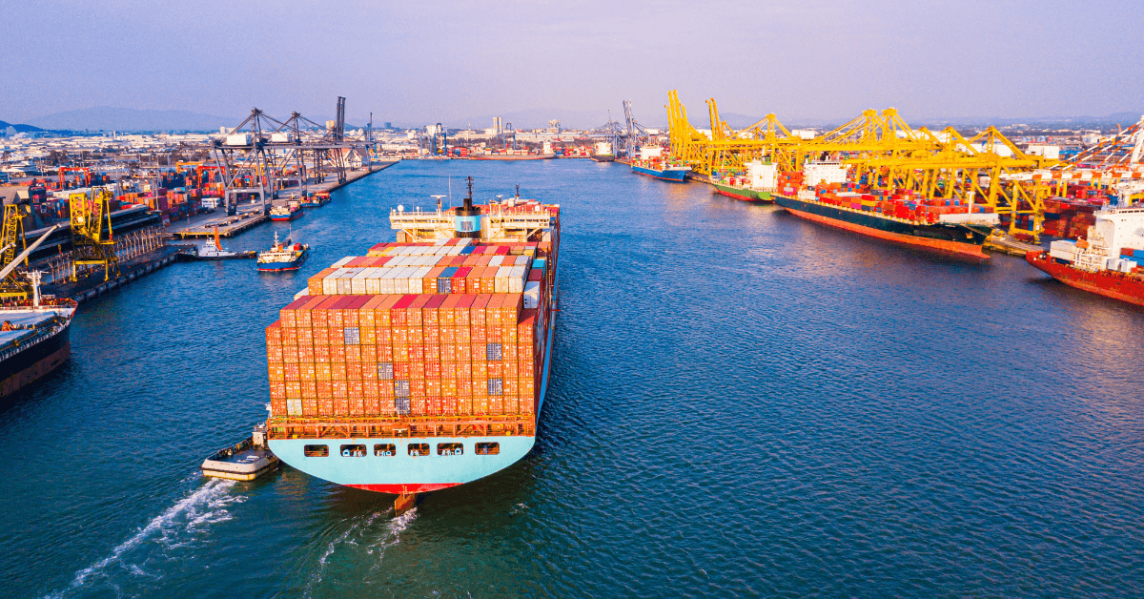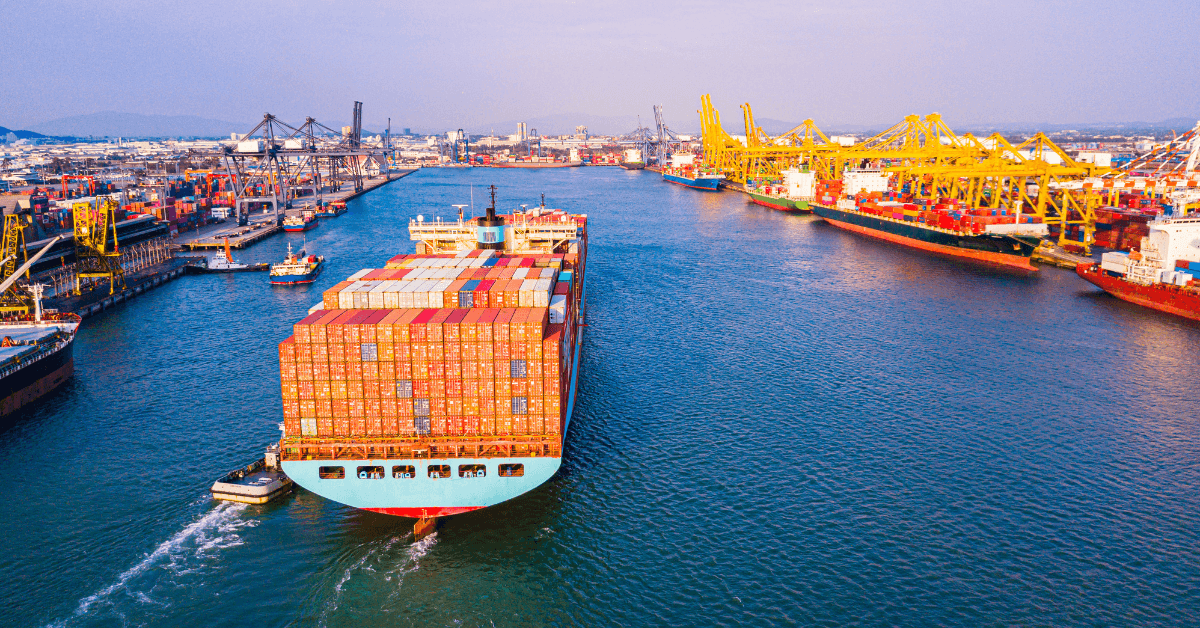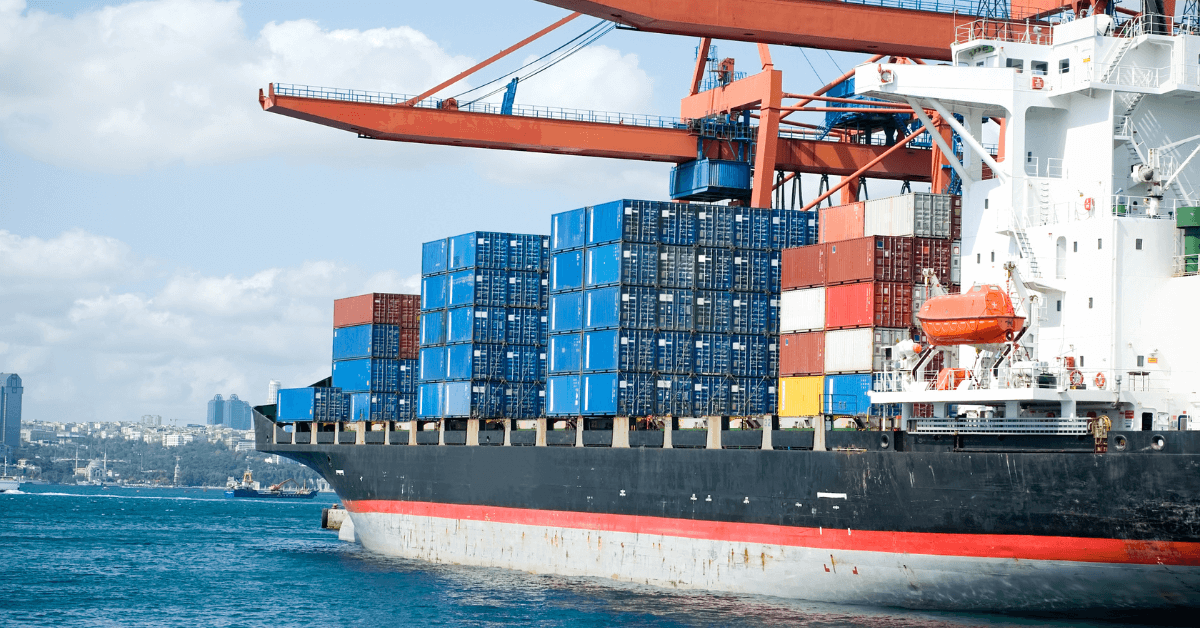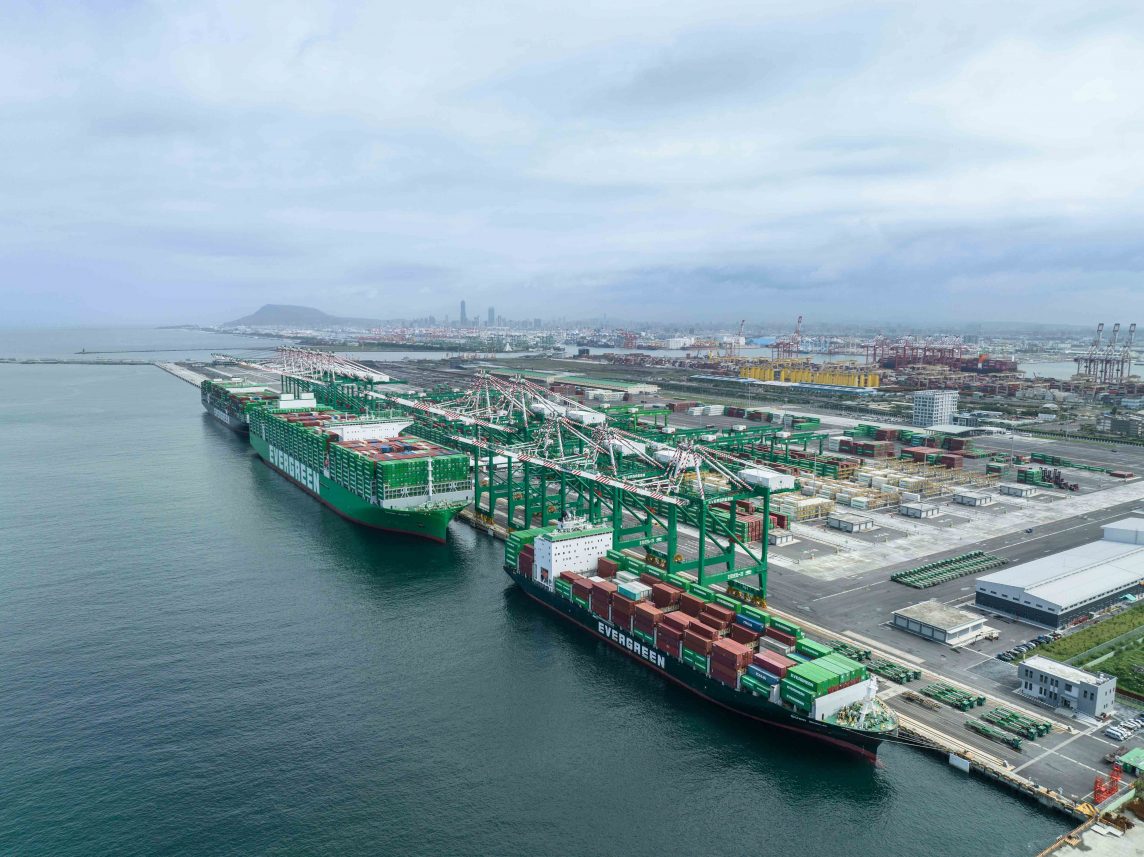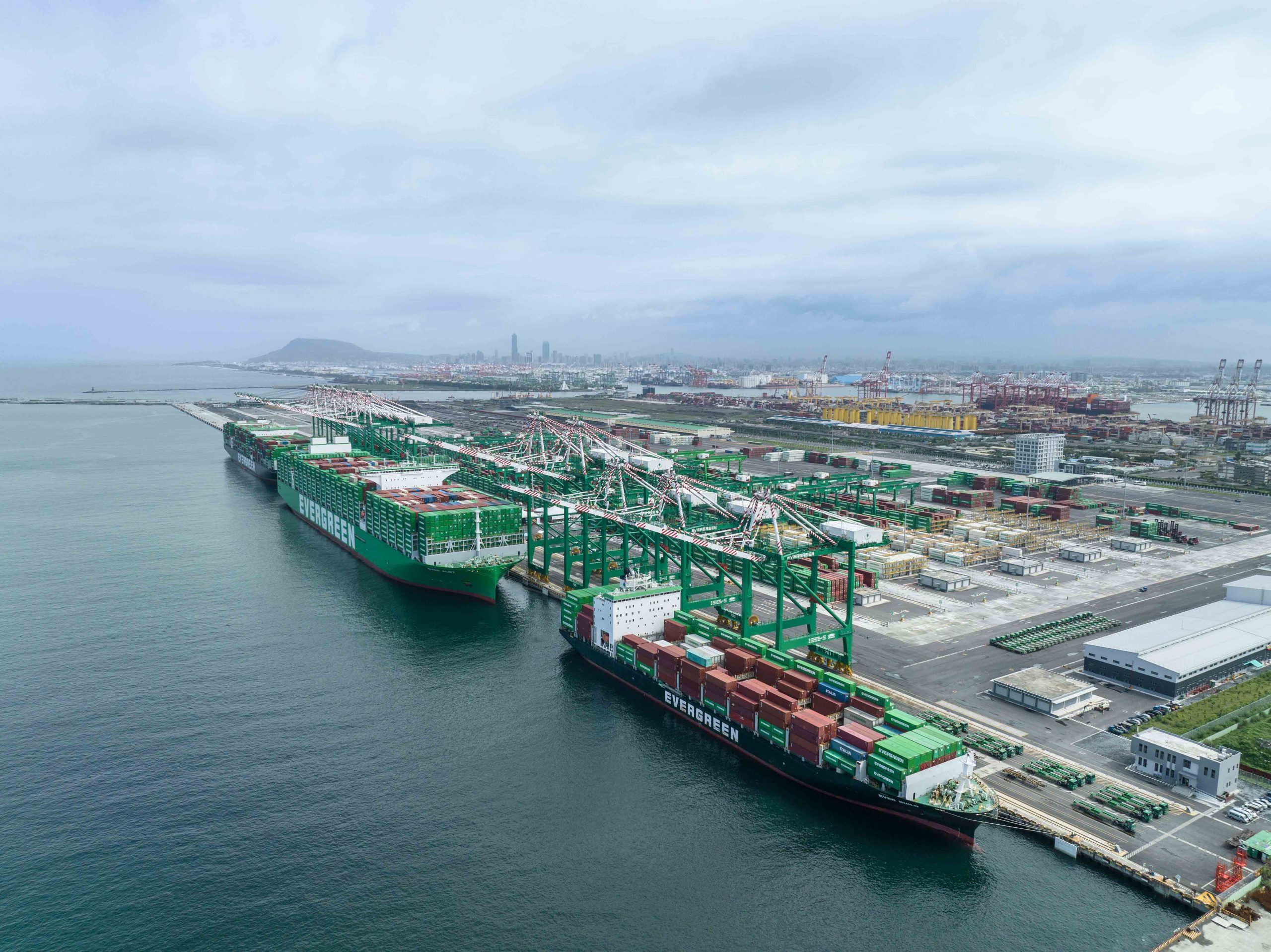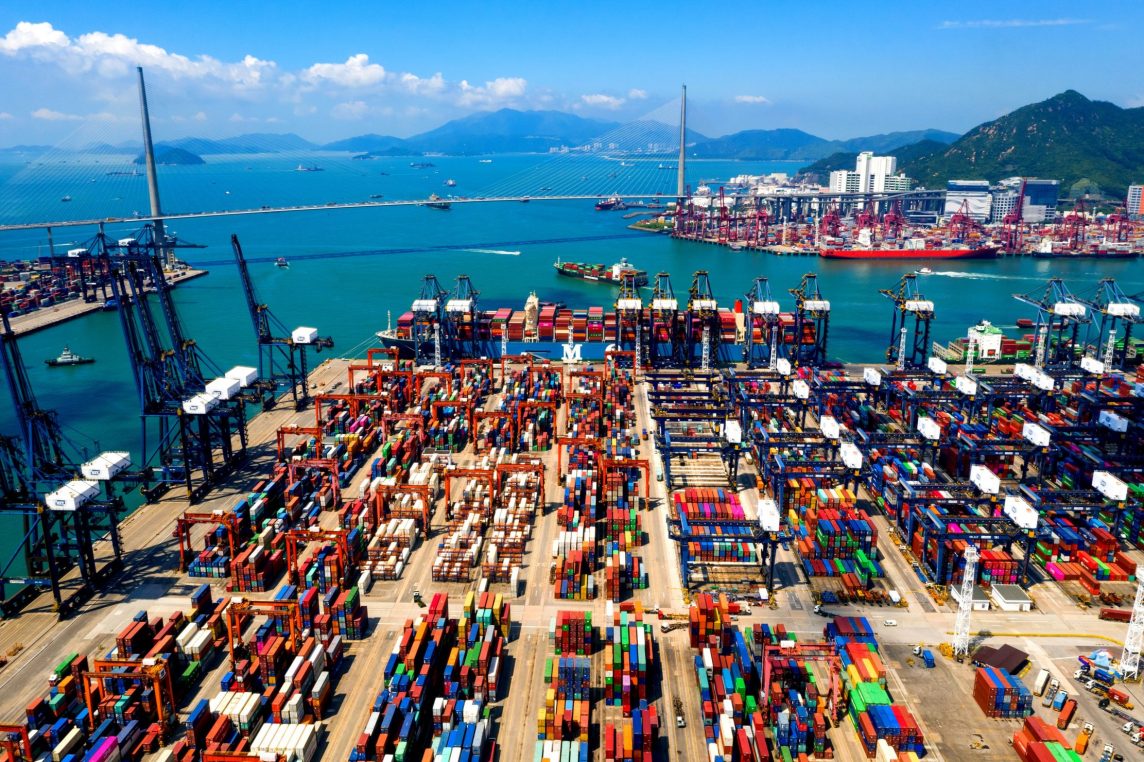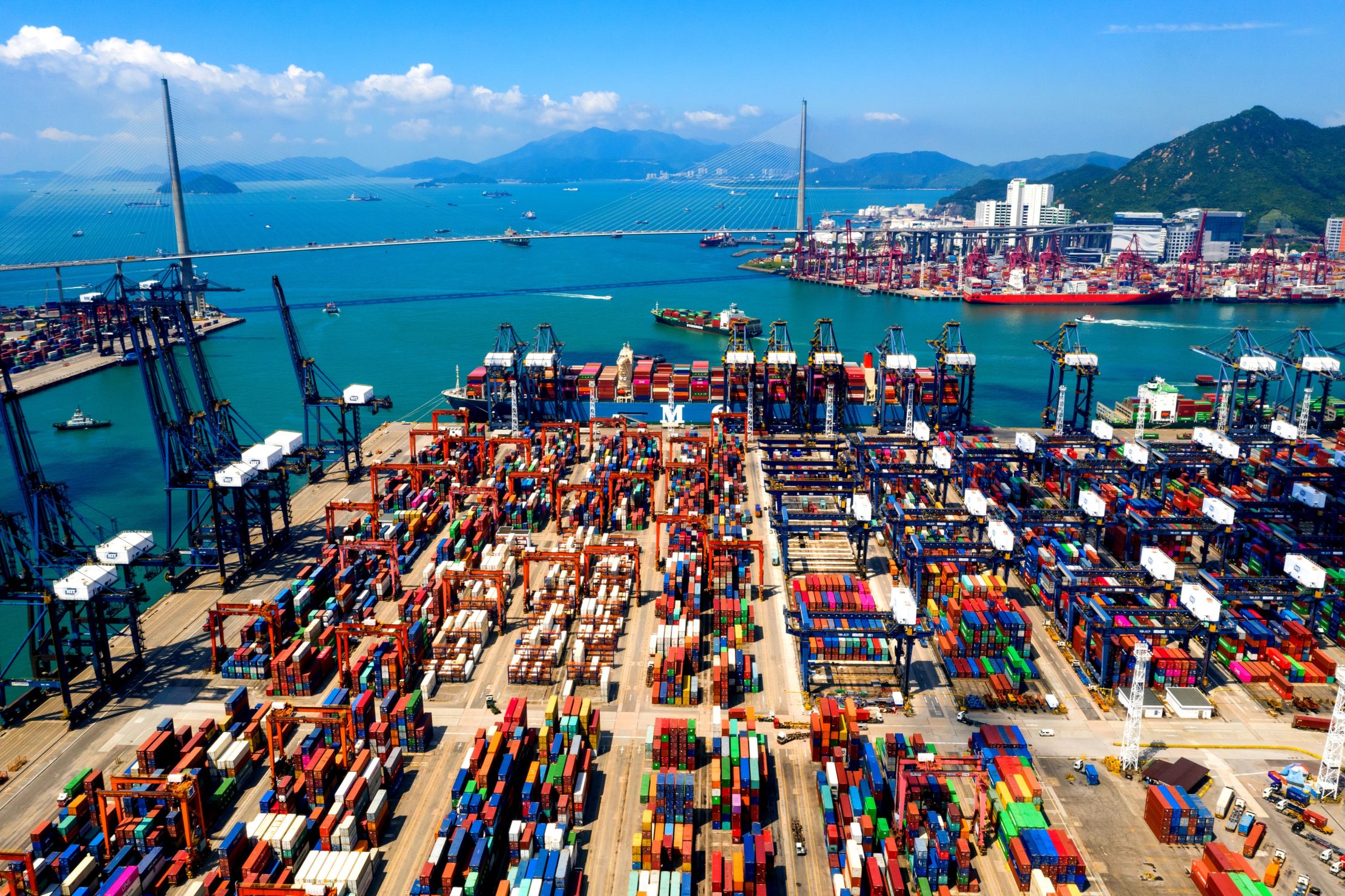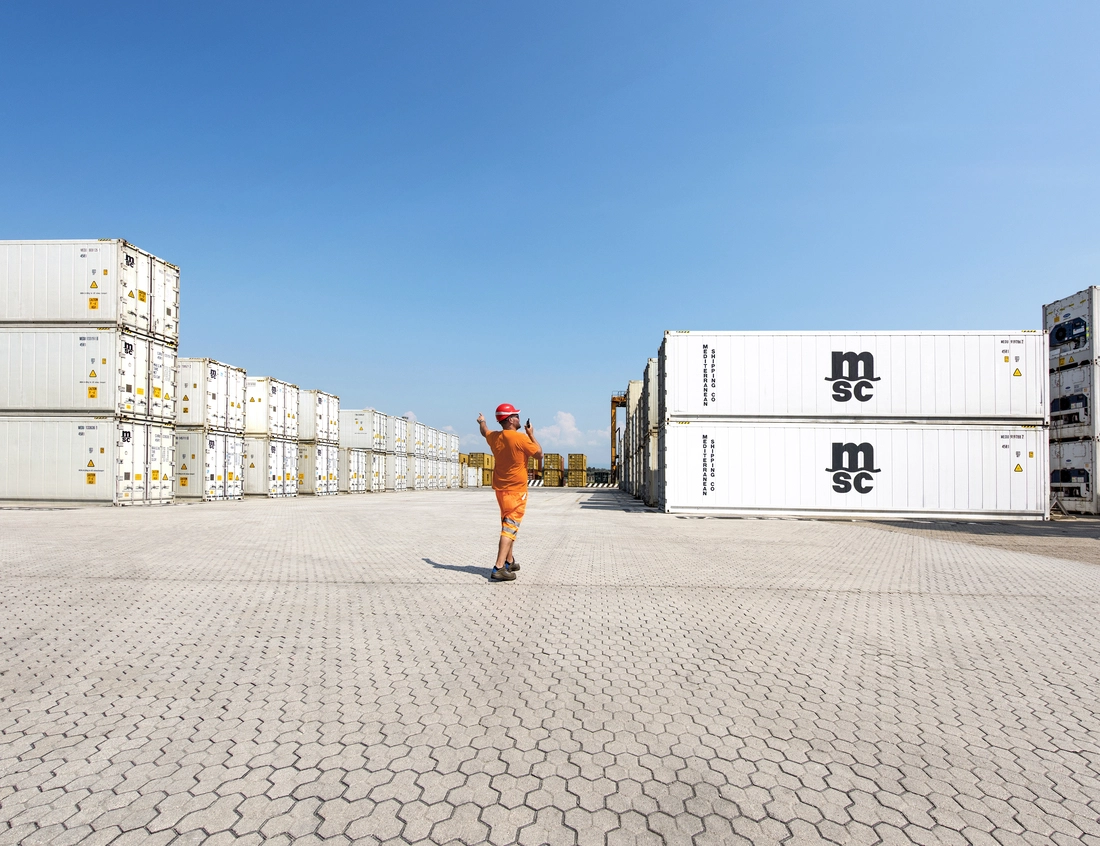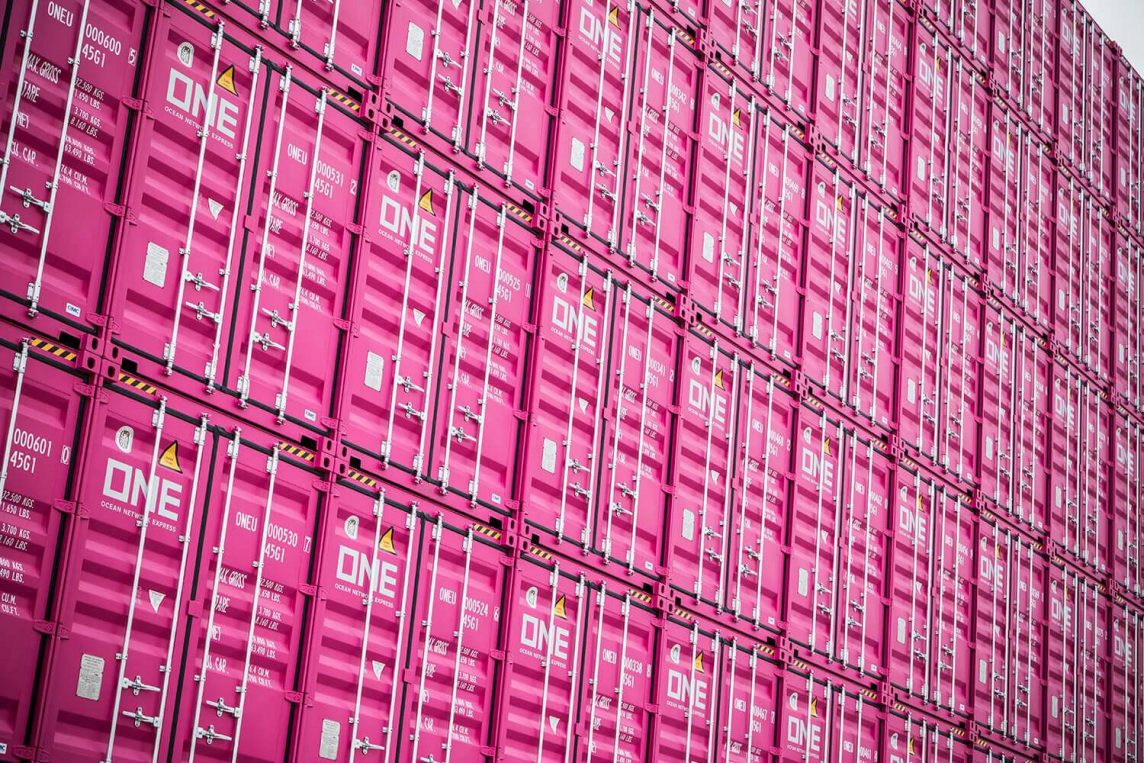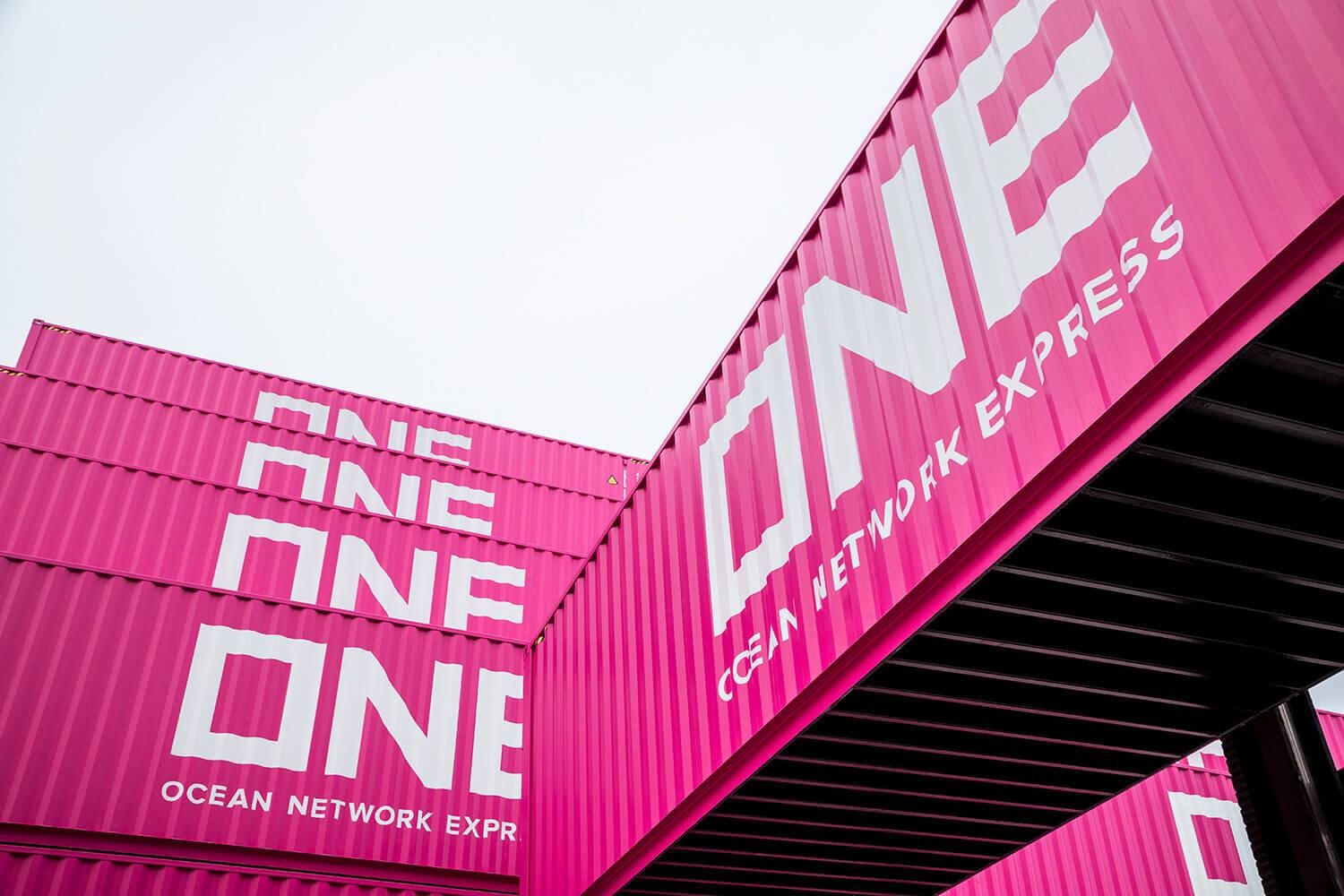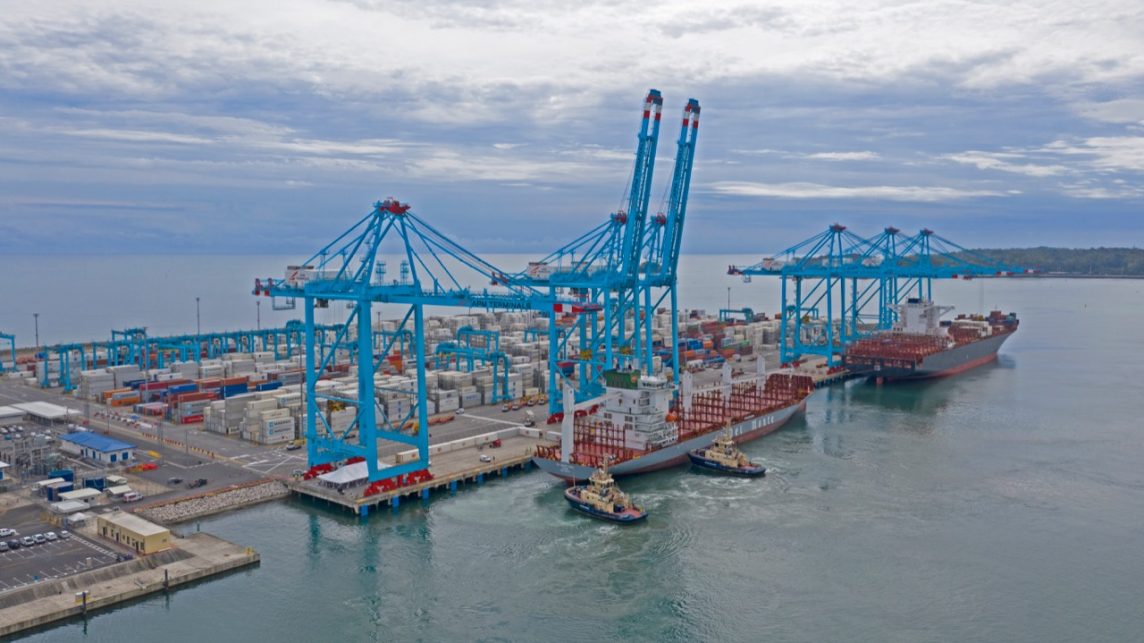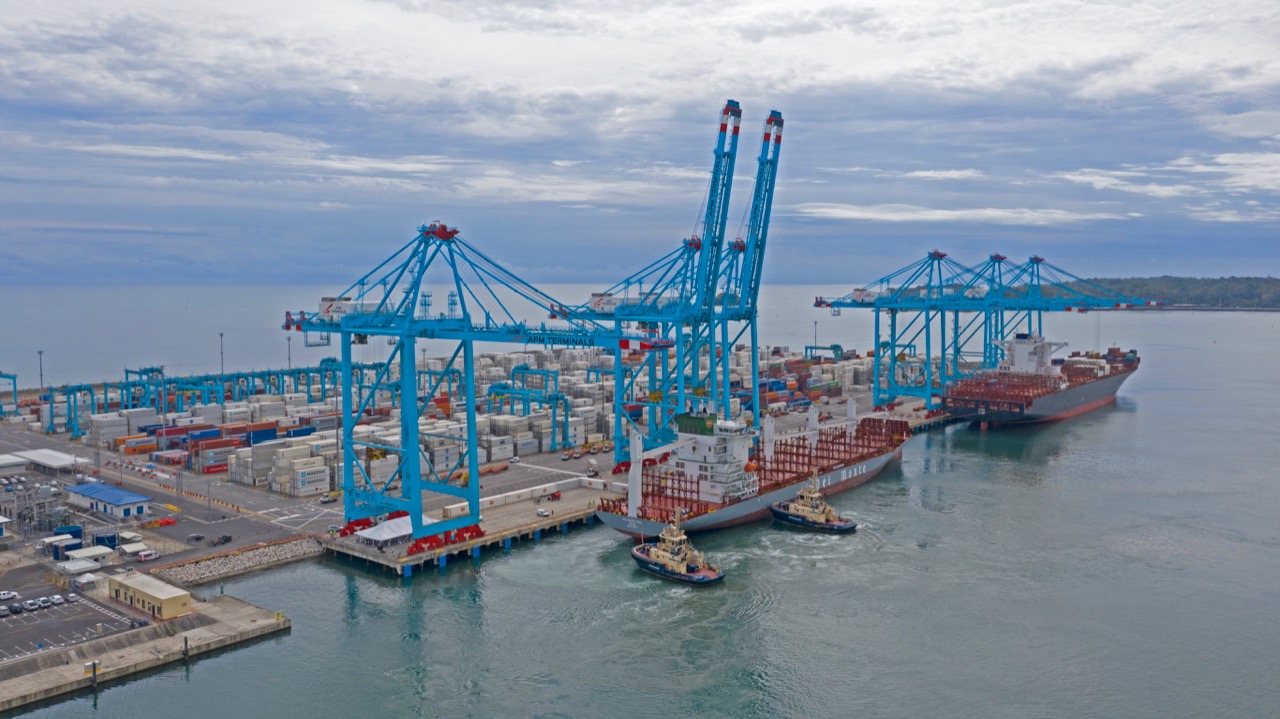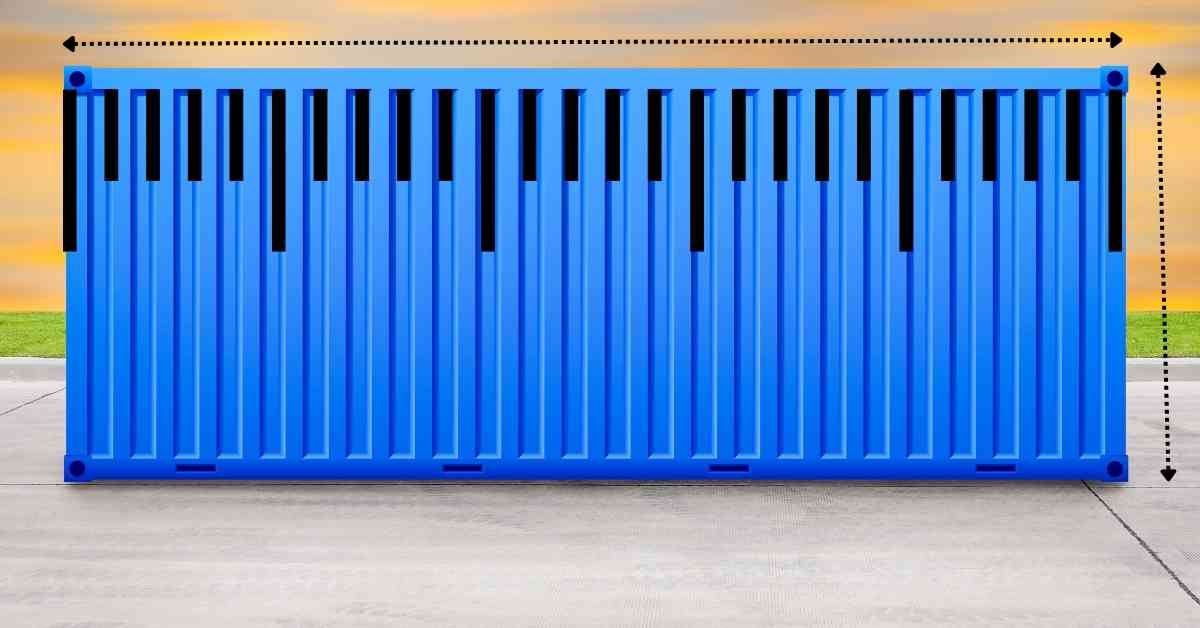The shipping industry is an extremely professional line of work with set rules and guidelines with regard to the personnel that serves on ships as well as the operation of the ship itself.
To have a standardized system of working on board, the presence and implementation of rules and regulations are imperative; it is for this reason that shipboard operations are directly mandated and under the purview of Conventions, Regulations and, for the purposes of the comprehension of this article, codes.
The presence of the aforementioned ensures that all operations pertaining to seafaring are bound by the presence of an agreed upon framework to maintain legal operating condition of ships, shipping operator or company, and the ship’s crew with the intention to upkeep the safety of personnel or property and eliminate and/or minimise pollution or damage to the marine environment.
The International Maritime Organisation (IMO) is responsible to implement and amend different codes as per types of ships, goods or cargoes, Cargo operation, maritime security, shipbuilding, the safety of the crew, training etc. Failure to comply with such Codes renders any shipboard operation to legal liabilities.

Following is a list (indicative and not exhaustive) of maritime codes put forth by IMO and used by ships and companies as per the regulations:
1) IMDG Code(International Maritime Dangerous Goods): Code for carrying dangerous cargo through sea transport. This Code is in place to regulate the carriage of international guideline to the safe transportation or shipment of dangerous goods or hazardous materials by water on the vessel.
2) IMSBC Code(International Maritime Solid Bulk Cargo Code): is a mandatory regulation for carrying solid cargo in bulk form. This replaces the BC Code and ensures safe stowage and shipment of solid bulk cargoes.
3) IGC Code(International code for construction and equipment of ships carrying liquefied gases in bulk): This code gives guidelines to gas tankers on operational, construction and safety aspects. As with the other forms of cargo and their respective codes, this code is specific to the carriage of LPG?
4) International Grain Code: This code is applicable to all ships carrying grain in bulk. The term “grain” covers wheat, maize (corn), oats, rye, barley, rice, pulses, seeds and processed forms thereof, whose behavior is similar to that of grain in its natural state.
5) IBC Code(International code for construction and equipment of ships carrying dangerous chemicals in bulk): This code pertains to the carriage of chemicals in bulk and the design, construction, equipment with respect to the ship and the cargo.
6) ISPS Code(International Ship and Port Facility Security code): Springing from the events preceding 9/11, this code lays the minimum security measures for ships and ports.
7) ISM Code(International Safety Management Code): Perhaps one of the most important codes, one that is used in the day to day functioning of the ship, it is in place for the safe operation of the ship for the purposes of pollution prevention.
8) INF Code(International code for Safe Carriage of Packaged Irradiated Nuclear Fuel): Plutonium and High radioactive waste on board ship is a complete guideline for all ships including cargo ships of 500GT and above carrying INF listed cargo.
9) IS Code(International Code for Intact Stability): gives the construction guidelines to vessels to maintain the stability of the ship at all working conditions.
10) TDC Code(Code of safe practices for ships carrying Timber Deck Cargo): gives complete guidelines for loading, stowage, construction, and equipment. This code came about as a revision to the code adopted in 1991.
11) Casualty Investigation Code: Shipboard can be hazardous and the nature of the work can, under unfortunate circumstances, result in a casualty onboard. This code is used to solve or to study the casualty happened on board with the ship or with its crew.
12) CSS Code(Code of Safe Practice for Cargo Stowage and securing): is a guideline for onboard staff to store and secure the cargo as per the requirement.
13) SPS Code(Code for the safety of Special Purpose Ships): which include drilling, cable laying, Flip ship (survey ship) etc, basically for ships that are of unusual construction as compared to the conventional merchant ships. This code elaborates all the safety aspects of such ships from construction to operation.
14) STCW Code(Seafarer’s training, certification and Watch keeping): code is a guideline for producing competent seafarers all over the world. This code has recently been amended in 2010 at Manila and the revised version will enter from 1st Jan 2012. Note that this is one of the most important codes and every aspiring and existing seafarer must be thorough with the provisions of this code
15) OSV Code(Code of safe practices for Offshore Supply Vessel): is a complete guideline for offshore vessels carrying supply cargo and personnel in coastal operations.
16) MODU Code(Mobile Offshore Drilling Unit code): is a requirement for construction and equipment to be used for safe operation in offshore drilling units. This code updates and revises the provisions under the 1989 MODU Code.
17) HSC Code(High-Speed Craft code): This code primarily pertains to, among others, air-cushion vehicles (such as hovercraft) and hydrofoil boats. is used to maintain a safe standard for construction equipment and operation of high-speed vessels used in maritime industry.
18) LSA Code(International Life Saving Appliances Code): comes under SOLAS which deals with the safety equipment in terms of construction, operation and other requirements for well being of crew onboard ship. Note that this code is imperative in the procuring, application and maintenance of all lifesaving appliances on board.
19) FSS Code(International Fire Safety System Code): also comes under SOLAS. It deals with all the fire fighting appliances, measures, and system to be used onboard to detect, notify and extinguish any kind of fire in sea going vessel. Note that this this code is imperative in the procuring, application and maintenance of all fire fighting equipment on board.
20) FTP Code (Fire Test Procedure code): is the guideline for manufacturers and ship builders to construct vessels and fire test parts to be used onboard ships. For obvious reasons, the provisions of this code can be read in conjunction with the FSS Code.
21) Polar Code: This Code came into force on 1st January, 2017. Mandated under SOLAS as well as MARPOL, this code aims to protect the ships and lives of the personnel on ship from the harsh conditions at the poles.
22) Code of Safe Working Practices for Merchant Seafarers: Provides guidance for improving health and safety on board ship which is intended primarily for merchant seafarers.
23) Code of Conduct for the Merchant Navy: This Code aims to provide a system of adherence with regard to personal conduct onboard a merchant ship.
Source: Marine Insight

